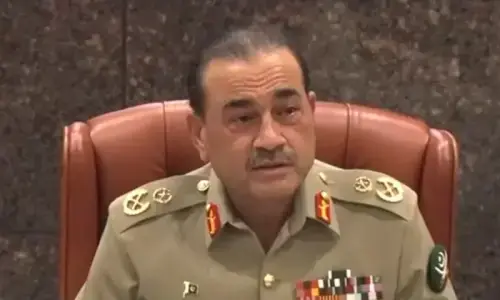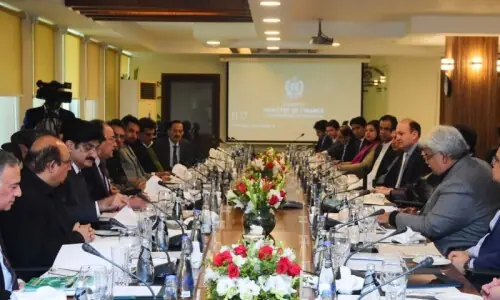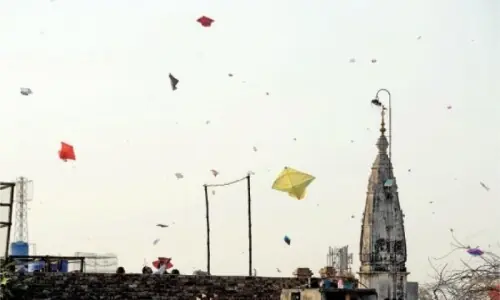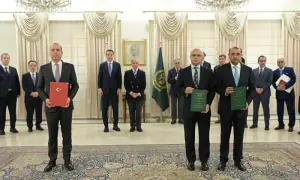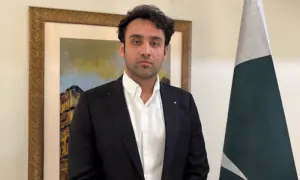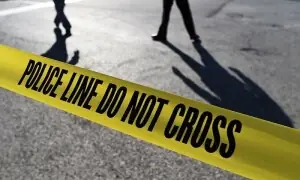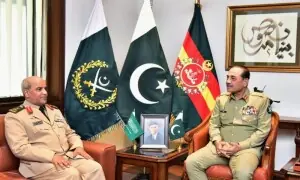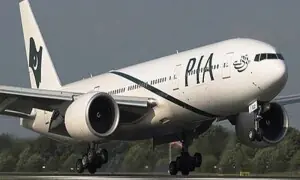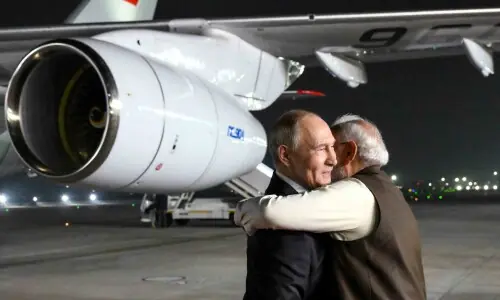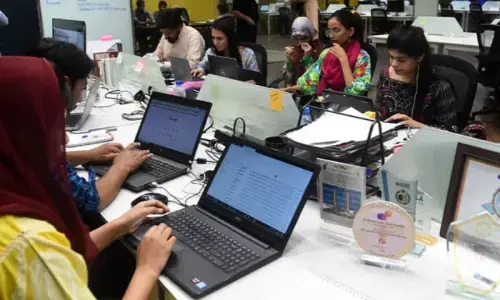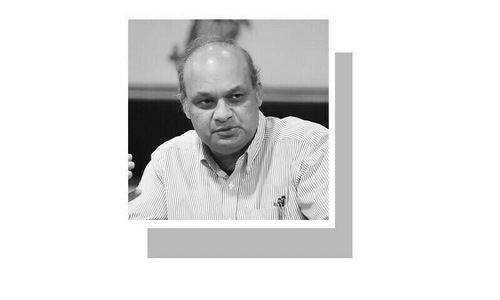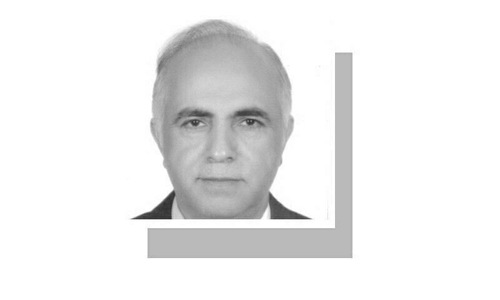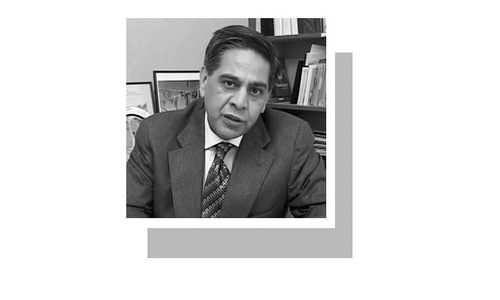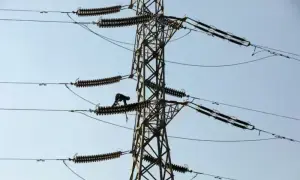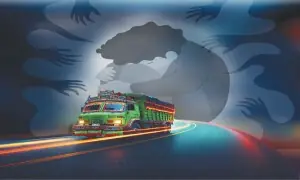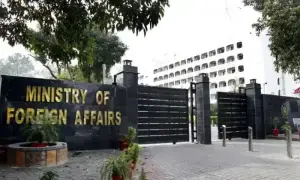230969 10/23/2009 3:49 09ISLAMABAD2576 Embassy Islamabad CONFIDENTIAL "VZCZCXRO7776
PP RUEHLH RUEHPW
DE RUEHIL #2576/01 2960349
ZNY CCCCC ZZH
P 230349Z OCT 09
FM AMEMBASSY ISLAMABAD
TO RUEHC/SECSTATE WASHDC PRIORITY 5519
INFO RUEHBUL/AMEMBASSY KABUL 1033
RUEHLO/AMEMBASSY LONDON 1590
RUEHNE/AMEMBASSY NEW DELHI 5635
RUEHPW/AMCONSUL PESHAWAR 7056
RUEHLH/AMCONSUL LAHORE 8010
RUEHKP/AMCONSUL KARACHI 2412
RUEAIIA/CIA WASHINGTON DC
RUEKJCS/SECDEF WASHINGTON DC
RUEKJCS/JOINT STAFF WASHINGTON DC
RHMFISS/CDR USCENTCOM MACDILL AFB FL" "C O N F I D E N T I A L SECTION 01 OF 04 ISLAMABAD 002576
SIPDIS
E.O. 12958: DECL: 10/22/2019
TAGS: ELAB, PGOV, PREL, PTER, PK
SUBJECT: EXTREMISM IN SOUTHERN PUNJAB AND NORTHERN SINDH
Classified By: Anne W. Patterson for reasons 1.4 (b) (d)
1. (SBU) Summary: Though the Northwest Frontier Province (NWFP) and Federally Administered Tribal Areas (FATA) continue to grab headlines for terrorist violence, poor and underdeveloped regions in the rest of ""settled"" Pakistan are increasingly the recruiting and training ground for extremism and militancy. Areas such as the Southern Punjab's Seraiki-speaking belt and interior northern Sindh are mired in choking poverty and underdevelopment. This lack of prosperity is coupled with a rising number of disaffected youth who have a window to the outside world through television and the internet, but no prospects for social mobility. Moreover Pakistanis in these areas have lost their traditional patronage structure, be it the religious Sufi Pirs or the landlords, who once protected the basic needs of their citizens and delivered simple justice. In such places, as well as parts of urban Karachi and Quetta, religious extremists, such as Lashkar-e-Taiba (LeT), find fertile ground to spread their ideology and recruit new militants. End Summary.
BROKEN AGRICULTURE & FAILING EDUCATION
---------------------------------------
2. (C) Both Southern Punjab and Northern Sindh are still mainly agricultural societies with few other viable industries. Traditionally, the economies of these areas have been dominated by large landowners who outsource their farming to tenant farmers. Additionally, the highest rates of bonded labor in Pakistan are found in these regions, with most of such labor concentrated in agriculture, brick kilns, and carpet weaving. With the old agricultural system failing and ""modern"" farming taking hold, farming alone can no longer support the region's labor pool.
3. (C) As farming disappears as a source of income for the populace, government education systems fail to prepare their students for anything else. Public schools are yielding young graduates who can not find jobs, even when they move to large cities such as Lahore and Karachi. Many young high school and college graduates are frustrated because the years they spend in government schools do not provide them any employable skills. This common occurrence is reflected in the story of Ajmal Kasab, the sole surviving Mumbai attacker, who by his own admission graduated from a Southern Punjab government school and unsuccessfully looked for jobs in Lahore. He ended up pursuing unskilled labor, then petty crime, and ultimately was lured to LeT with promises of money and adventure. Imtiaz Gul, Executive Director of the Center for Research and Security Studies (CRSS), described the extremism in Southern Punjab not as ""talibanization"" but rather as a battle between haves and have-nots. He stressed that the education system had to be rationalized so that it led to real job opportunities, otherwise jobless youth would find a source of income in militant organizations. Those that actually graduate from public high schools are in the upper echelon of have-nots; illiteracy rates are high, and even primary school enrollment low, in these areas.
4. (U) Unlike in the recent past, the poor and jobless youth are no longer cut off from the outside world. Increasingly free media and internet access show these disaffected youth the wealth and corruption that exist outside their immediate circles. Also, newly rich local merchants who benefit from corruption, along with lavish foreign-financed madrassas, stand in stark contrast to the meager existence of this disaffected generation.
TRADITIONAL LEADERSHIP VACUUM & EXTREME IDEOLOGY GROWTH
--------------------------------------------- -----------
5. (SBU) Several academic studies, including a recent look at the connection between poverty and militancy by the Pakistan Institute of Peace Studies, have found that while poverty alone is not sufficient to give rise to extremism, it is a contributing factor pushing people towards militancy, provided an enabling environment exists. Poverty has long existed in Pakistan well beyond southern Punjab and northern Sindh; however, recent changes to the power structures and ideologies in both regions have provided the conducive environment for militancy to take hold.
ISLAMABAD 00002576 002 OF 004
6. (C) Traditionally, landlords and religious Sufi Pirs (who were often the same individual) lived among their communities and were largely protective patrons. Tenant farmers and Sufi devotees, while poor, could count on their leaders to deliver basic justice, food, and protection against corrupt police or other government functionaries. Peasants tolerated a feudal system because it also provided them protection through their individual benefactors. In the last several decades, exploitative landlords have increasingly moved to big cities and Pirs no longer deliver community uplift. The breakdown of the traditional systems - similar to the breakdown and corruption within the FATA's malik system - has left the populace without a social welfare net or any real access to justice.
7. (C) Many have claimed that a region so steeped in Sufi mysticism could not fall prey to militancy. To a certain extent peaceful Barelvi ideology and Sufism can act as a bulwark against extremism; however, Sufi and Barelvi leaders alone can not fight poverty, underdevelopment, and bad governance. Additionally, the new generation of Sufi leadership has not been able to articulate its religious doctrine to the region's disaffected youth. In contrast, since the Zia ul-Haq regime, the growth of Deobandi and Salafi madrassas and religious institutions in Southern Punjab has been exponential. The gap in Barelvi and Sufi welfare services is now filled by well-heeled, foreign-financed Deobandi madrassas. Poor Barelvi families often are forced to send their children to Deobandi madrassas to receive food, boarding, and monthly stipends. According to defense analyst Aisha Siddiqa, the number of Deobandi madrassas increased 140% between 1988 (1320) and 2000 (3152). These religious seminaries and their accompanying evangelical wings have worked on converting communities to Salafism and neutralizing resistance to more rabid interpretations of Islam. Secondly, madrassa students are indoctrinated about jihad at these institutions, which can lead them to joining any number of militant groups on their own. Lastly, according to Siddiqa, the madrassas can act as transit points where kids from government schools are shown the social mobility that can accompany militancy and are offered a doctrinal justification for militant action.
ACTIVE MILITANT RECRUITMENT
----------------------------
8. (C) Across Southern Punjab and increasingly in Quetta and Karachi, Pakistani militant groups openly recruit young men with promises of a better life, adventure, money, and a way to express their frustration against the status quo. The social fabric of northern Sindh is also breaking down in similar ways, which could allow more extremist influence in the future. Groups such as Lashkar-e-Taiba (LeT), have graffiti emblazoned on buildings and schools openly inviting young recruits to join up. Often militant groups invite young disaffected men to come visit them for a few days and show them a better life, plying them with money and other perks before sending them home to ""think"" about their options. Many of these young men are jobless government school graduates, while others are recruited from madrassas. Most join militant groups without the knowledge of their families. There are several active militant groups based in Punjab which have vast networks across Pakistan, and also have developed recent ties with the Taliban. Pakistani military and intelligence agencies have funded many of these groups in the past, and the extent of current establishment support is unclear. Regardless of government support, analysts argue that the majority of current militant funding comes from foreign and domestic donors, as well as criminal activities such as extortion and kidnapping.
MILITANT GROUPS
---------------
9. (C) The Sipah-e-Sahaba Pakistan (SSP) was formed in 1985 in Jhang, Punjab by anti-Shia clerics. This banned terrorist organization is focused on sectarian violence and the group was originally supported by Zia-ul-Haq's government in a move to counter Shia Iran's influence in Pakistan. The funding for SSP comes from both external and local sources such as the trader-merchant class in Jhang. SSP was responsible for the rise in sectarian violence in the 1980s and 1990s. SSP advocates Deobandi ideology and has served as the basic ideological and militant birthing ground for other militant groups. The group was linked with the 1997 attack on former prime minister Nawaz Sharif, and they take credit for killing several Shia doctors in Karachi in 2001. Recently, the SSP has resurged in Southern Punjab and has links with other militant outfits. Qari Hussain, the most feared deputy of Tehreek Taliban Pakistan's (TTP) recently killed leader, Baitullah Mehsud, came out of SSP and many of the TTP's foot soldiers are from SSP ranks. (Note. The SSP is also believed to be behind the violence against Christians in Punjab in late August and early September 2009. End Note.)
10. (C) Lashkar-e-Jhangvi (LeJ) grew out of SSP and was founded in Bhakkar, South Punjab. The Deobandi organization was initially focused on the elimination of Shias, but after 9/11 its attention shifted to fighting the war on terror against the United States. According to Siddiqa, LeJ was the first militant group to send recruits to Al-Qaeda, through LeJ's contacts with wealthy Arabs who visited Southern Punjab. LeJ has strong connections with prominent terrorists, including Khaled Sheikh Mohammad and Abu Musab al Zarqawi. The LeJ and Taliban currently have linked networks that allow the Taliban to carry out terrorist attacks in Punjab with LeJ assistance. According to Amir Rana, Director of Pakistan Institute of Peace Studies, LeJ also has powerful networks in Karachi and Quetta.
11. (C) Jaish-e-Mohammad (JeM) is another SSP breakaway Deobandi organization that was started by Masood Azhar of Bahawalpur after he returned from India in 2000. (Note: Azhar was arrested in the Indian state of Jammu and Kashmir in 1993, was exchanged by the Indian government for passengers hijacked to Afghanistan on an Indian Airlines flight in 1999, and subsequently returned to Pakistan with the help of Afghanistan's then-Taliban government and Pakistan's intelligence agencies. End Note.) JeM has had a long-standing relationship with intelligence agencies, and according to Rana, it is the only militant outfit still under Inter-Service Intelligence's (ISI) protective umbrella. JeM continues to be dedicated to the Kashmir fight; however, the group maintains ties to the Taliban and al-Qaeda. Umar Saeed Sheikh, Daniel Pearl's convicted murderer, was also part of JeM.
12. (C) Lashkar-e-Taiba (LeT) is an organization based in the Central Punjab city of Muridke, but has spread across Southern Punjab as well. It is ideologically Wahhabi, making it different from its militant Deobandi cousins. LeT, and its subsequent cover charitable organization Jamaat-ud-Dawa (JUD), attract a broad range of supporters, including women, through their welfare work in the Seraiki belt, earthquake-affected Azad Jammu-Kashmir, and among Swat's internally displaced population. The Mumbai attacks were masterminded by LeT operatives and they continue to focus on militancy against India. The group was created and trained by Pakistani intelligence services to fight a proxy war against India. According to Rana, LeT leadership has ideological and operational disagreements with TTP and does not allow its militants to attack the Pakistani government.
13. (C) Since the 1980s, there has been a history of Punjabi extremists fighting and training alongside Gulbuddin Hekmatyar, Rabbani, and now the Taliban in Afghanistan. Siddiqa estimates 5000-9000 Punjabi youth are fighting currently in the FATA and Afghanistan. CRSS's Gul argues that TTP has strong network links with radical groups such as SSP and LeJ, and many Taliban leaders have studied at madrassas in Southern Punjab. Rana explained that the TTP are capitalizing on the pool of militant recruits already indoctrinated by JeM, LeT, and LeJ in these areas, but the actual arms training takes place in the NWFP and FATA. The Taliban is using the Punjabi militant network to carry out many of the terrorist attacks in Islamabad, Lahore, and other settled areas of Pakistan. FATA parliamentarians claim that many of the Taliban fighters in their agencies are actually Seraiki, and that much of the training comes from existing Punjabi militant commanders.
14. (C) Comment: Aisha Siddiqa, who herself is from Southern Punjab, maintains that the message of militancy is quite potent, especially in terms of the dreams it sells young disillusioned village boys. Dismantling not just the infrastructure but also the potent message of militancy is a complicated problem. Punjab and Sindh represent the heart of Pakistan and deploying the military in these areas, as was done in Swat and FATA, is politically untenable and practically impossible. In the immediate future, the Pakistani government must dismantle both public and state support for militant groups. Many of these networks exist in the open, and until the message against them is clear, average people will continue to be drawn to them. The harder and longer-term solution is to offer real alternatives to disaffected potential recruits. Although the actual number of militant recruits is a small percentage of the population, the sympathy for such groups runs deep. New industries and real economic development would reinvigorate these regions. More importantly, relevant education, including vocational training, that offers people a better future and social mobility will be the best disincentive to joining militant groups. In terms of access to justice and ideology, traditional Sufi bulwarks against extremism and new social welfare nets need to give citizens confidence that their futures are secure. Pakistan's challenge is to offer alternate and positive dreams to the disillusioned and frustrated youth. We should anticipate and mitigate backlash from the feudals, who are accustomed to having an ignorant and weak peasant class to tend their fields. In order to prevent traditional secular and religious powers in these areas from subverting needed reforms, they will have to believe that reforms are needed to forestall a revolution. End Comment.
PATTERSON
"

